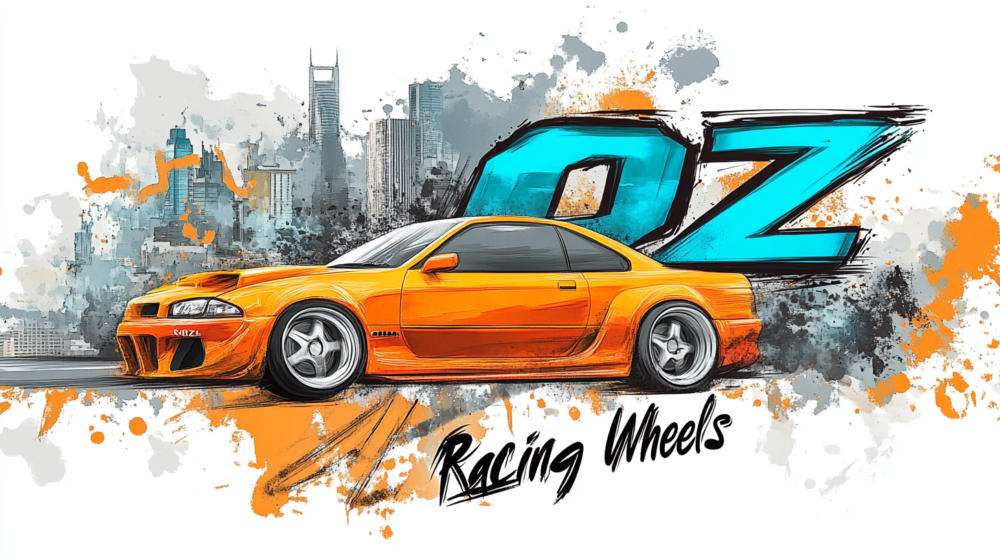Japanese pint-sized Kei cars are awesome, but as much as you may want one they’re very hard to import into Australia.
You would think “climate emergency” and most western governments wishing to promote a better environment for our kids would mean Kei cars would be welcome in Australia, but maybe as a country we don’t care enough about the environment to welcome these Tonka toys?
In this article we’ll cover the real reasons Kei cars are illegal in Australia:
Australia’s safety standards say no
Australian Design Rules (ADR) – the strict safety and emission regulations all vehicles must meet to be road legal.
Kei cars are designed for Japan, and in Japan they follow lighter safety standards, thinner crumple zones, and fewer airbags.
Many kei cars lack side-impact protection, and that’s a deal-breaker under ADR.
Crash testing woes
Australia requires cars to pass specific crash tests to ensure occupant safety.
Kei cars, being small and lightweight (usually under 700kg), don’t fare well in crashes with larger vehicles, making them a liability in a country dominated by SUVs and utes.
It makes you wonder why we’re allowed motorbikes.
Strict import laws
Kei cars aren’t officially sold new in Australia, so the only way to get one is through grey imports. Whether it makes sense to us or not, our government considers how imports affect local businesses, and they make decisions accordingly.
Australia’s Specialist and Enthusiast Vehicle Scheme (SEVS) only allows select kei cars which meet specific eligibility criteria – usually rare or high-performance models, like the Suzuki Cappuccino or Autozam AZ-1.
Everyday kei cars?
Not approved.
Speed and performance restrictions
Most kei cars are capped at 660cc and 47kW (63hp) to comply with Japanese regulations.
That’s fine for Tokyo’s tight streets, but on 110km/h Aussie highways a kei car would struggle and potentially be a hazard.
Many kei cars are seen as underpowered and unsafe for high-speed roads.
Emission regulations
Australia has strict emissions standards which many kei cars simply fail to meet.
Japanese domestic market (JDM) cars aren’t built with Australian emissions laws in mind, so even if they pass safety checks, they might not be roadworthy due non-compliant exhaust systems.
Can you still get a kei car in Australia?
Yes, but it’s not easy.
Some kei cars, especially older ones over 25 years old, can be imported under classic or collector vehicle schemes. Others might be eligible under SEVS, but that’s rare, and you’ll need to work with a knowledgeable import company.
Even if you do get a kei car into Australia, you might face hurdles getting it road-registered and insured. Expect a few hidden costs, with some of them making little sense whatsoever (I had to fit a child seat restraint on a rear “bench” which wouldn’t fit a car seat anyway).
Some enthusiasts manage to register kei cars under special exemptions, but it’s a niche effort requiring significant effort, paperwork, and knowledge.
For context, the smallest legal cars in Australia, like the Kia Picanto or Suzuki Swift, are significantly larger and more powerful than kei cars while still offering good fuel economy and city-friendly sizing.
Small Japanese alternatives to kei cars, available to buy in Australia
We have some great small Japanese cars well worthy of purchase domestically in Australia.
They’re not kei cars per se, but the next best thing:
Suzuki Swift
A fun, fuel-efficient hatchback with a sporty feel, perfect for city driving and tight parking spots.
Toyota Yaris Cross
A compact SUV with hybrid options, offering excellent fuel economy and practicality for urban and suburban adventures.
Suzuki Jimny
A tough, go-anywhere 4×4 with a cult following, ideal for those who love off-road adventures without the bulk of a big SUV.
And yes, Suzuki Jimny’s can be very capable off-road.
Honda Jazz (Fit)
A small hatchback with a surprisingly spacious interior and flexible seating, making it a practical choice for everyday use.
Toyota C-HR
A stylish and compact crossover with a high driving position and hybrid options, appealing to those who want a small car with a bold design.
Final verdict
Kei cars are undoubtedly cool, economical, and fun – but they weren’t designed for Australian roads.
Between safety concerns, weak crash performance, and strict import laws, most kei cars remain illegal for daily driving.
If you really want one, be prepared for a lot of paperwork and potential restrictions, or consider using one for off-road or private property driving (if there’s any point in that?)
Otherwise, it might be easier to admire your favourite key car from your desktop background!



